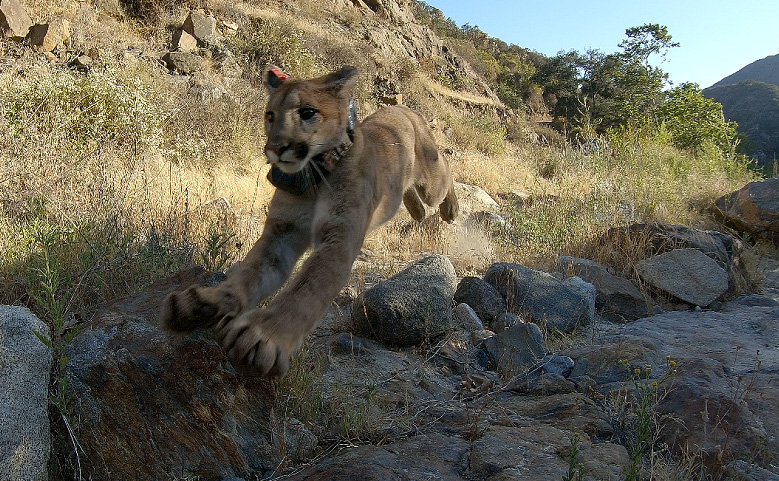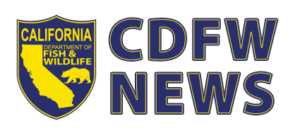We’re grateful to California Department of Fish and Wildlife (CDFW) for their efforts to save mountain lions in the state. A young mountain lion left orphaned after its mother was killed in traffic, has been released into the wild after months of care provided by CDFW and the San Diego Humane Society (Ramona Wildlife Center). The lion and her sister were roughly six months old when they were first seen in February at the edges of Tijeras Creek Golf Course in Orange County. After confirming the siblings had been orphaned, CDFW with assistance from Serrano Animal and Bird Hospital veterinarians and the UC Davis Karen C. Drayer Wildlife Health Center California Mountain Lion Project captured the pair for possible rehabilitation.
CDFW is carefully piloting the release and rehabilitation of mountain lions in California on a case-by-case basis. This is the second mountain lion rehabilitated and released in the state of California.
Read the press release:


June 23, 2021
Young, Orphaned Mountain Lion Released Following Rehabilitation
A young mountain lion left orphaned after its mother was killed in traffic, has been released into the wild after months of care provided by the California Department of Fish and Wildlife (CDFW) and the San Diego Humane Society (Ramona Wildlife Center).
The lion and her sister were roughly six months old when they were first seen in February at the edges of Tijeras Creek Golf Course in Orange County. After confirming the siblings had been orphaned, CDFW with assistance from Serrano Animal and Bird Hospital veterinarians and the UC Davis Karen C. Drayer Wildlife Health Center California Mountain Lion Project captured the pair for possible rehabilitation.
The first lion was sent to San Diego Humane Society’s Ramona Wildlife Center and placed into a large, isolated enclosure with only minimal human contact. Using remote cameras, staff monitored the lion’s growth for both size and strength for four months prior to release. The second mountain lion had a left forearm fracture and first needed surgical repair by the Serrano Animal and Bird Hospital in Lake Forest (Orange County) veterinary team. She is still in care at the Ramona Wildlife Center and recovering.
CDFW is carefully piloting the release and rehabilitation of mountain lions in California on a case-by-case basis. This is the second mountain lion rehabilitated and released in the state of California. The first mountain lion rehabilitated by CDFW was an adult female when the San Gabriel mountains burned in the Bobcat Fire. Satellite tracking collar data and remote camera photographs indicate that cat has survived and is doing well since its return to the wild in October 2020.
CDFW senior wildlife veterinarian Dr. Deana Clifford is hoping for similar results with the young lion released this week.
“Although this cat is only 10 months old, she’s consistently behaving like a wild mountain lion,” Dr. Clifford noted. “As for any young mountain lion, her chances of survival in the wild are lower than an adult, but if she does survive and reproduce she will make an important contribution to the mountain lion population in this region of Southern California”
“We are very excited to have been a part of this pilot effort for mountain lion rehab in California,” said Christine Barton, director of operations and wildlife rehabilitation at San Diego Humane Society’s Ramona Wildlife Center. “We hope these few months with us have provided her the extra time needed to fill the void left from losing her mother.”
CDFW Regional Wildlife Program Supervisor Christine Thompson said it was through the dedication and cooperation of many organizations (Ramona Wildlife Center, Serrano Hospital, UC Davis) that this release was made possible.
“These efforts of rehabbing and providing medical care are only possible through the valuable partnerships we enjoy with these groups,” said Thompson. “Californians are fortunate to have so many passionate people working for the benefit of the state’s wildlife.”
Video of Monday’s lion release into the Santa Ana Mountains is available for download at this link: https://filelib.wildlife.ca.gov/Public/OCEO/orphaned%20mtn%20lion%20release/
###
Media Contact:
Tim Daly, CDFW Communications, (916) 201-2058
 Read Saving Lions
Read Saving Lions

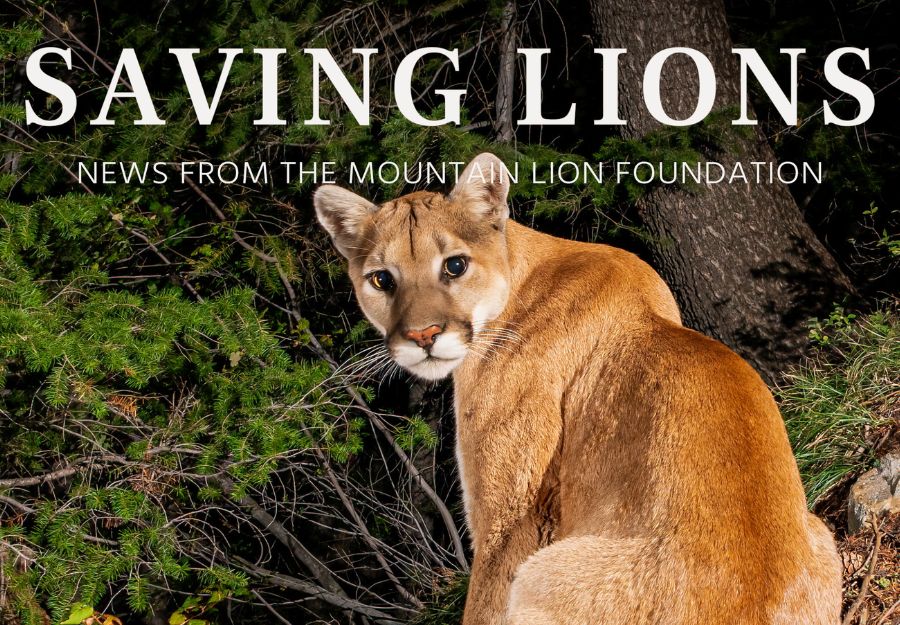
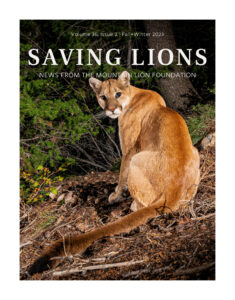
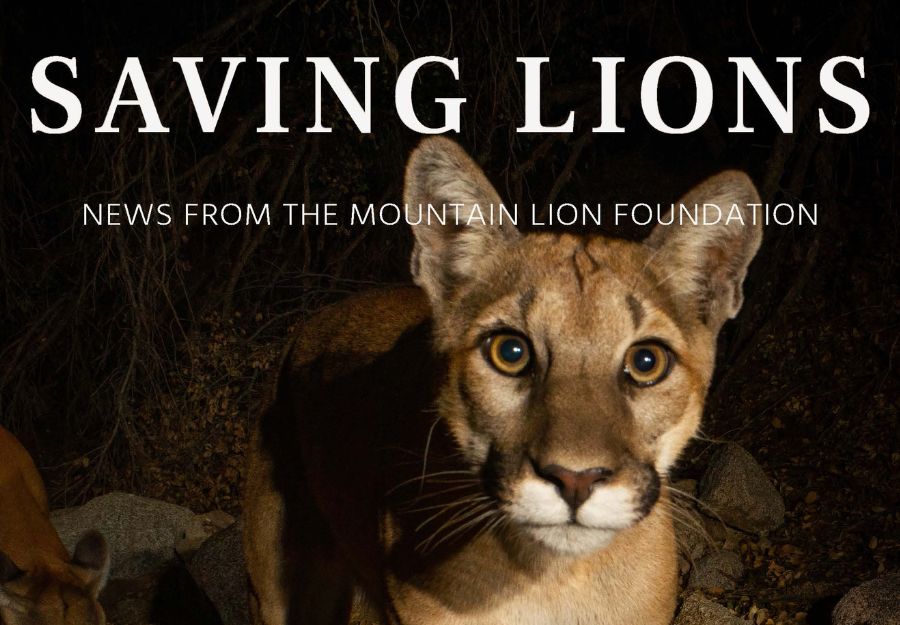
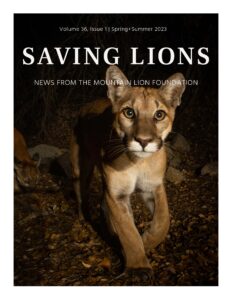
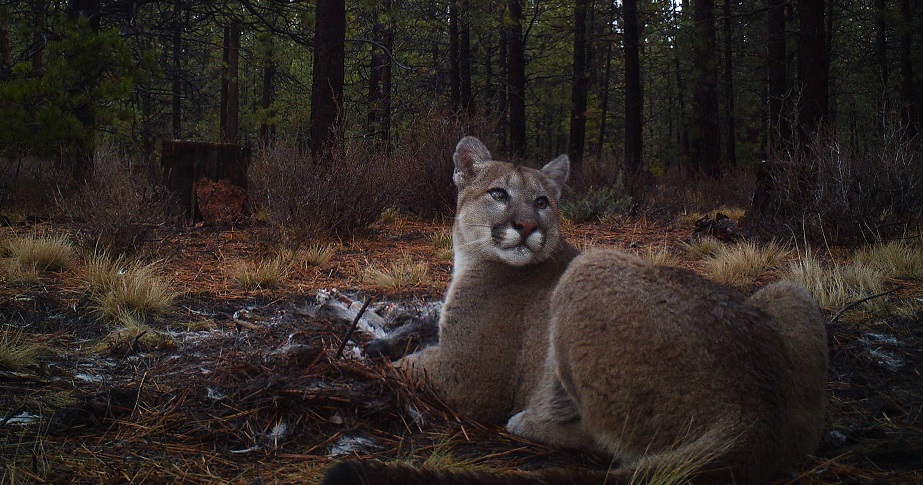
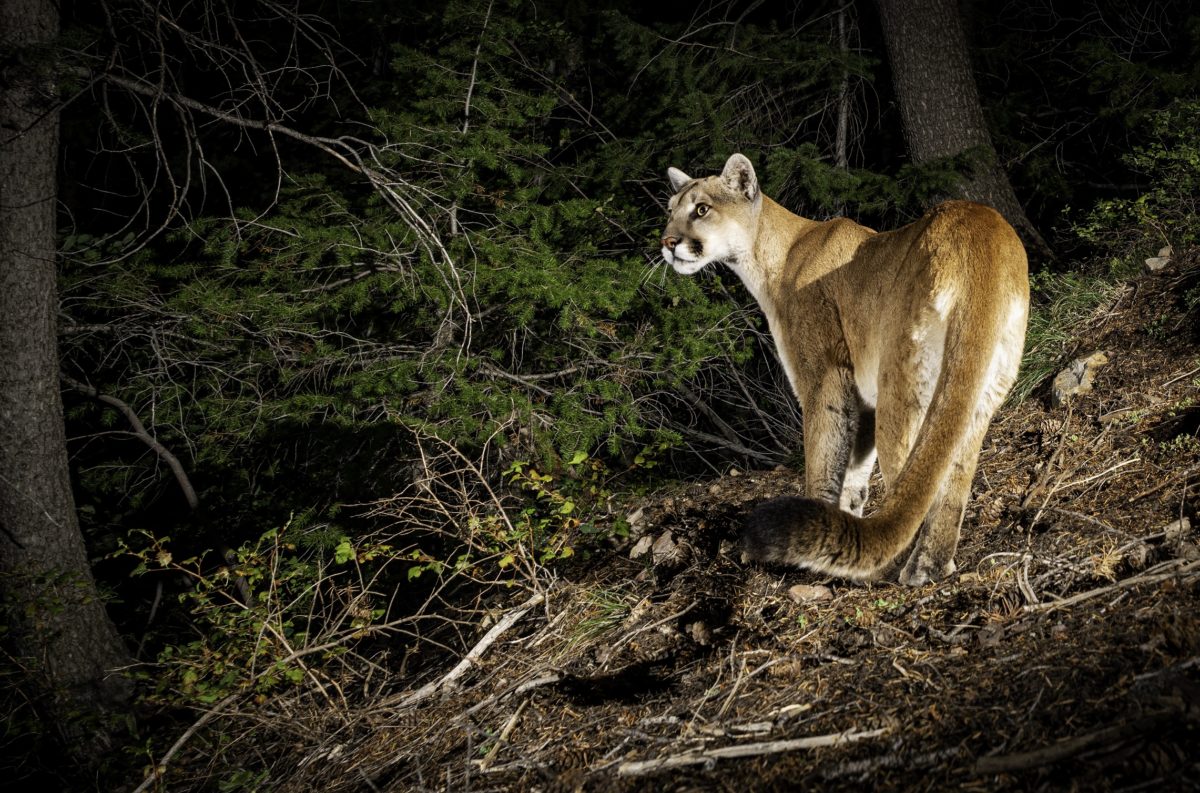
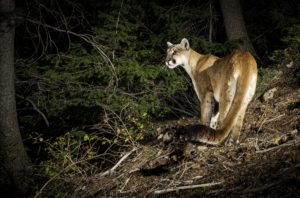



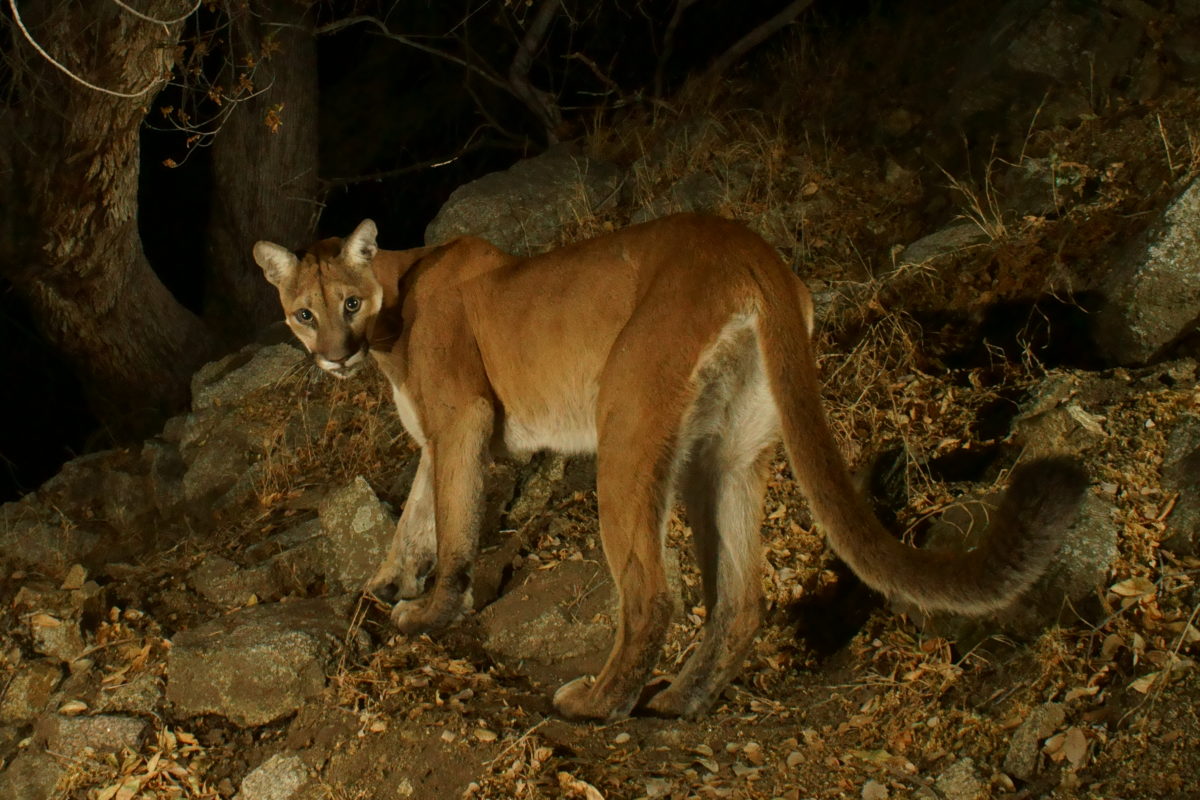
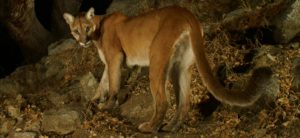
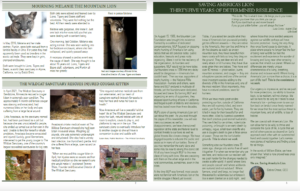
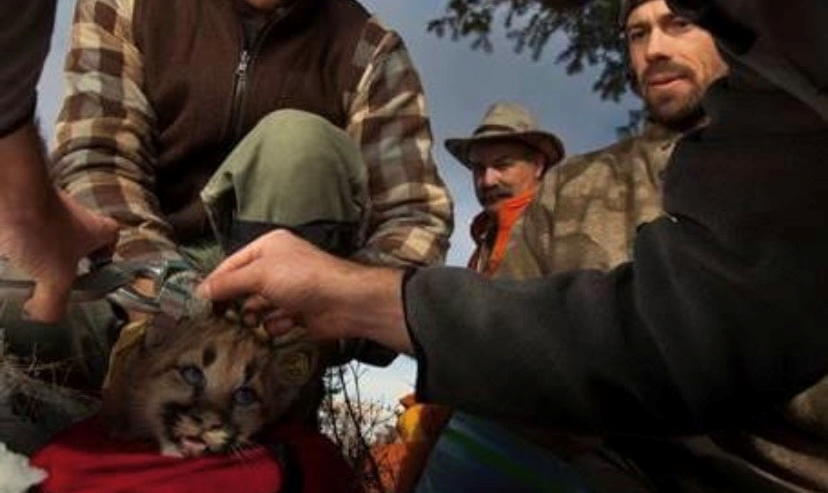
 Patrick Lendrum is the Senior Science Specialist for World Wildlife Fund’s (WWF) Northern Great Plains (NGP) Program. He leads the development of science priorities for the program, implementing projects to answer key scientific questions that address the loss of native grasslands and the impacts that these losses may have on the wildlife and human communities that depend on them. Patrick also oversees the measurement of progress toward the NGP Program’s conservation goals and partnerships with a variety of stakeholders in order to develop shared conservation solutions.
Patrick Lendrum is the Senior Science Specialist for World Wildlife Fund’s (WWF) Northern Great Plains (NGP) Program. He leads the development of science priorities for the program, implementing projects to answer key scientific questions that address the loss of native grasslands and the impacts that these losses may have on the wildlife and human communities that depend on them. Patrick also oversees the measurement of progress toward the NGP Program’s conservation goals and partnerships with a variety of stakeholders in order to develop shared conservation solutions.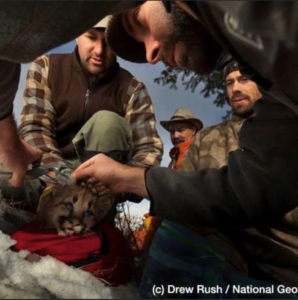 Prior to joining WWF Patrick earned his M.S. and Ph.D. examining the effects of human-caused land use change on wildlife communities and ways to minimize disturbance while promoting sustainable development. He has worked across the western US in a variety of habitats spanning costal rainforests to prairie grasslands, with species ranging from insects to grizzly bears. Patrick has partnered with State, Federal, Private, and NGO entities to build large-scale collaborations in diverse working landscapes. The research Patrick has been involved with has been featured in National Geographic Magazine, BBC documentaries, and published in numerous peer-reviewed scientific articles. He is thrilled to now be conducting applied science that contributes towards WWF’s mission of securing a future that meets the needs of humans and nature.
Prior to joining WWF Patrick earned his M.S. and Ph.D. examining the effects of human-caused land use change on wildlife communities and ways to minimize disturbance while promoting sustainable development. He has worked across the western US in a variety of habitats spanning costal rainforests to prairie grasslands, with species ranging from insects to grizzly bears. Patrick has partnered with State, Federal, Private, and NGO entities to build large-scale collaborations in diverse working landscapes. The research Patrick has been involved with has been featured in National Geographic Magazine, BBC documentaries, and published in numerous peer-reviewed scientific articles. He is thrilled to now be conducting applied science that contributes towards WWF’s mission of securing a future that meets the needs of humans and nature.